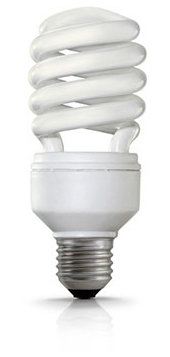Glass-to-Metal Hermetic Seals

Elan’s Glass Preforms for Hermetic Sealing
Glass has a wide range of uses among manufactured products from office equipment to household appliances to furniture because of its transparency and fragility. When used in conjunction with metals, glass also has many industrial applications.
The process of creating an airtight hermetic seal between glass and a metal package is called glass-to-metal sealing and involves running an isolated electrical current through a metal wire from outside the metal package to the inside. Therefore the three components in a glass-to-metal hermetic seal are:
- A metal package with a hole
- A pin conductor in the center of the hole
- A piece of glass preformed to fit between the pin and the metal package.
In a temperature-controlled oven, the assembly is heated to the appropriate temperature for the particular variety of glass to melt and fill the space between the pin and the metal package.
The most common application for glass-to-metal hermetic seals is for the seal on a lamp bulb. Other common uses include the construction of vacuum tubes, electric discharge tubes, semiconductor diodes, reed switches, and pressure-tight glass-to-metal windows.

Further Reading
Types of Glass-to-Metal Seals
There are two types of glass-to-metal hermetic seals which vary based upon the properties of the glass and metals used:
Matched Seals
When the glass and the metal package have the same coefficient of thermal expansion, the seal derives its strength from the chemical bond between the glass and the oxide formed on the metal parts. This “matched seal” is the weaker of the two glass-to-metal hermetic seals and cannot resist large differential pressures across the two materials. Matched seals are used for less intensive applications such as light bulbs and electronic packaging.
Compression Seals
Used for steel or stainless steel housing, nickel iron pins, and barium alkali glass, compression seals can withstand extremely high pressures and physical stress such as mechanical and thermal shock. Compression sealing takes place when the glass and the metal have different coefficients of thermal expansion and the metal shrinks around the solidified glass. Because glass is extremely strong in compression, compression seals can withstand very high pressures.
The Elan 46 ceramic glass composite has unique properties that allow for the ability to vary the coefficient of thermal expansion and can therefore form hermetic seals with a variety of metals. Elan Technology’s glass ceramic composites also have higher chemical durability, can resist higher temperatures, and can be more easily machined to complex geometries than conventional varieties of glass. Please contact Elan Technology glass manufacturers for more information.